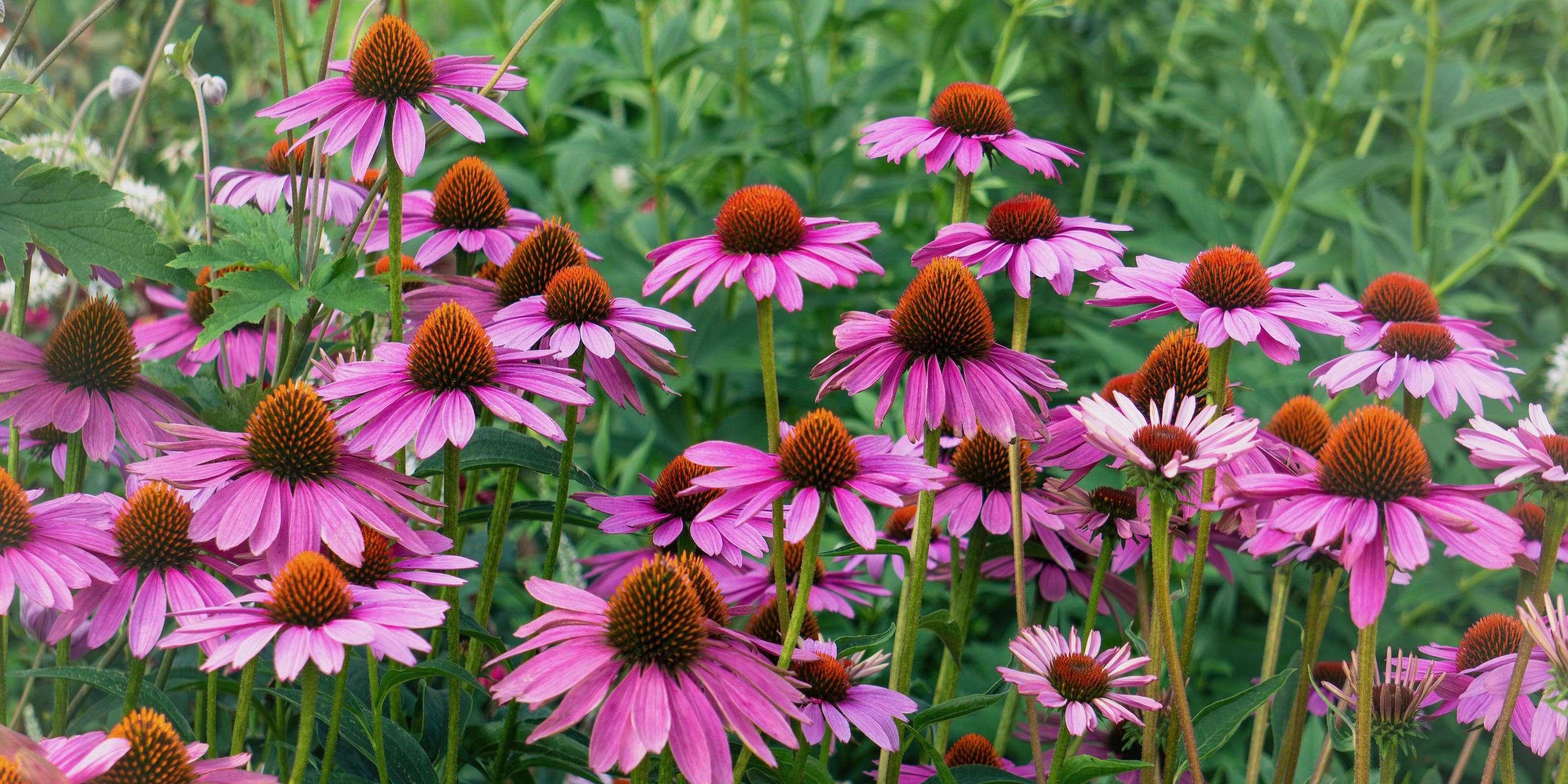
Echinacea often comes into its own in winter thanks to its status as a popular natural treatment for the common cold.
That’s not the only health benefit the plant, also commonly known as coneflower, is reputed to have. In the US, it has been in use as a herbal remedy for everything from toothache to snakebites for hundreds of years.
The pretty pink flower heads can be harvested to make tea, while the root of it can be dried and then heated or boiled to make a decoction or soaked for a tincture. If you already know how to grow some of the best coneflower varieties, you'll want to make sure this stunning perennial survives the winter and returns to grace your flowers beds next summer by learning how to winterize coneflowers.
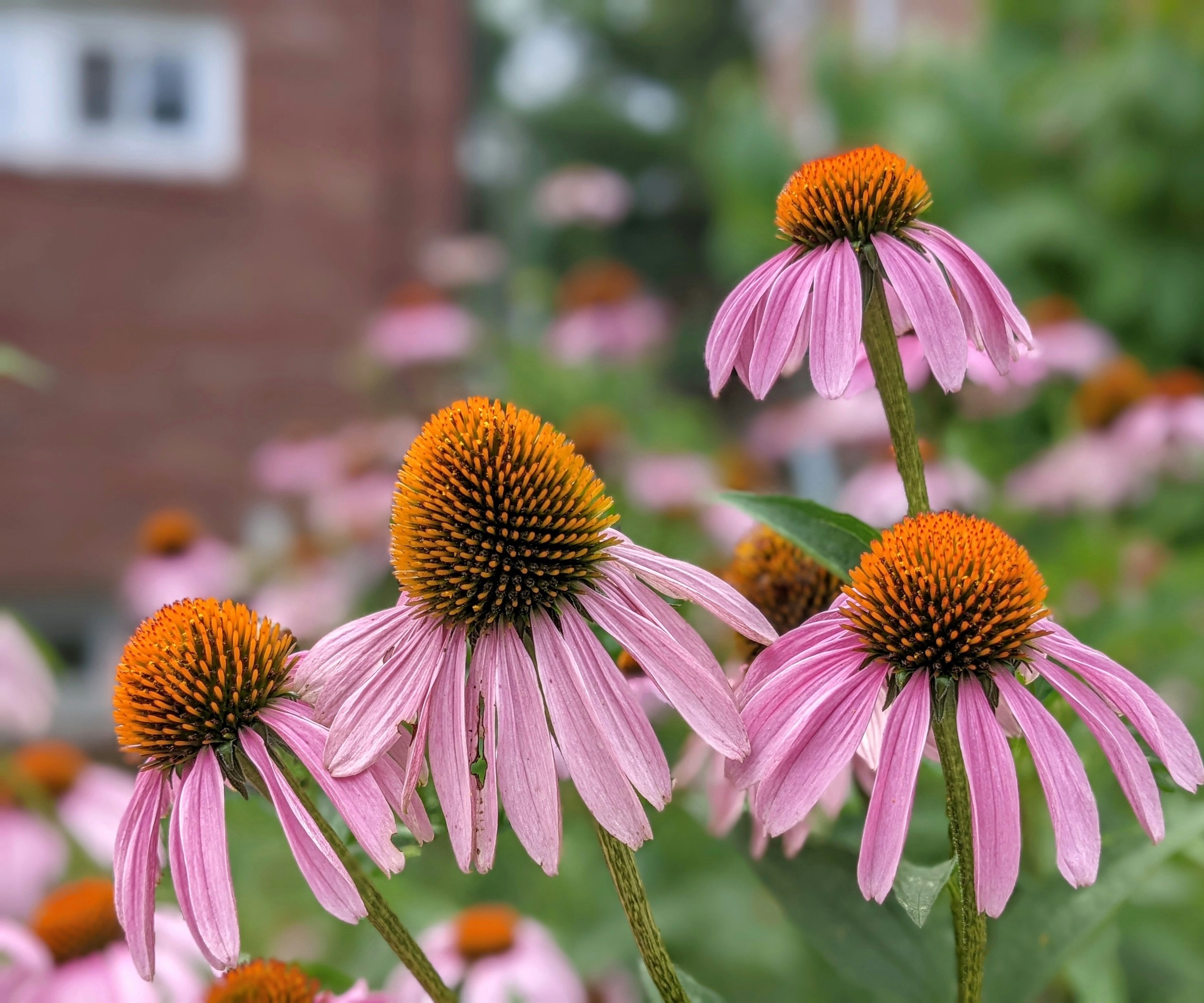
5 steps to winterizing coneflowers
This easy to grow perennial offers a beautiful display of pink color in yards, also growing in shades of red, orange and white. Its name alludes to the cone-shaped center, which is made up of many disc florets that are packed with pollen and nectar, surrounded by petals - a perfect plant for fall pollinators.
These sun-loving plants – part of the Asteraceae family – thrive in clusters and bloom from the summer into the fall. They will self seed and spread if left alone. Knowing how to deadhead coneflowers will not only encourage more blooms, it will also help keep them contained if you do it after the final flowering before winter.
Here are five expert steps to follow for successful winterizing of your coneflower collection.
Cut back your coneflowers after the first frost
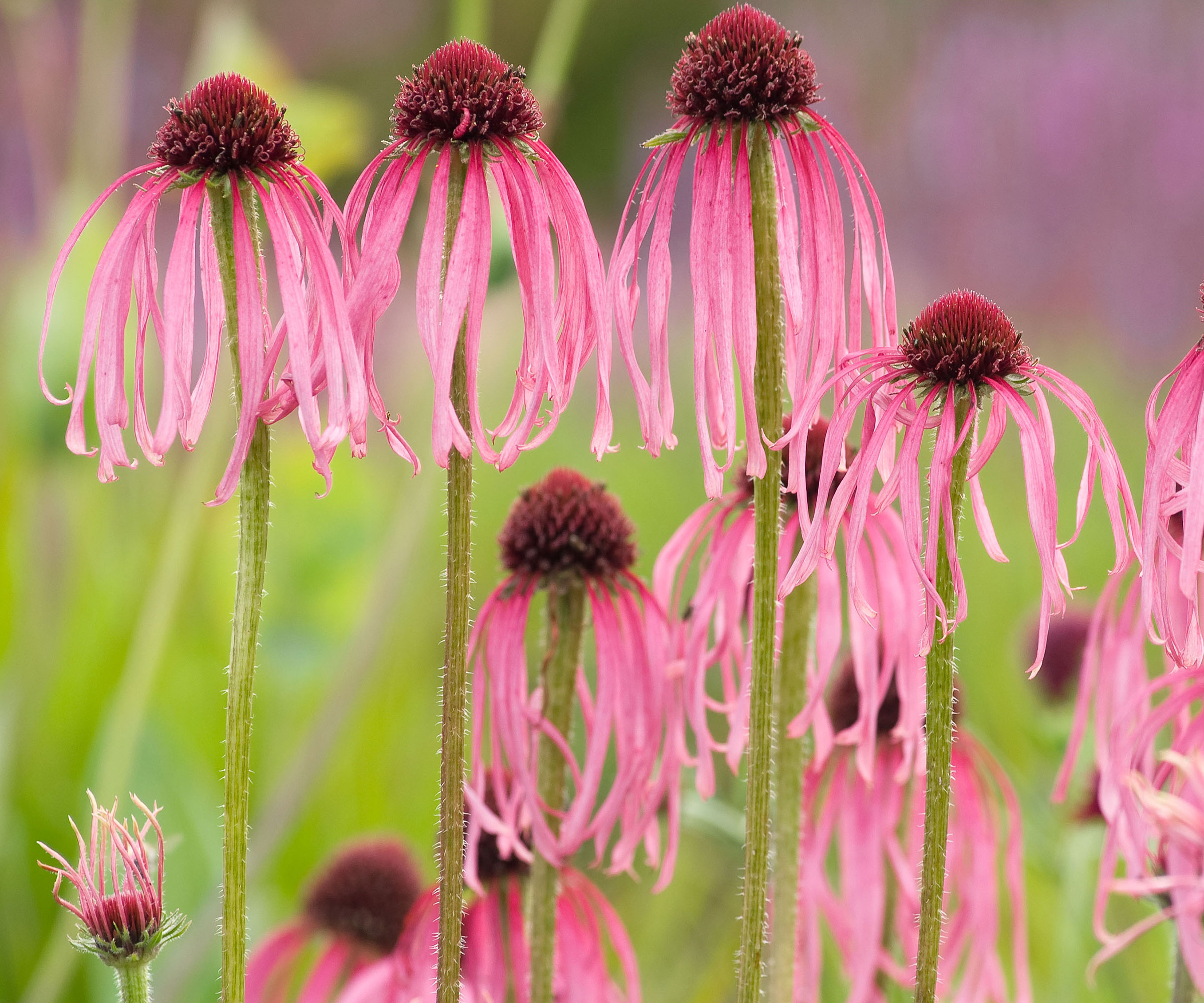
Cutting back is often best done after the first frost, when the stems may be pruned to about four to six inches tall.
However, you could also opt to leave the seed heads intact, as this will help to insulate the crown of the plant that the new growth emerges from.
Leaving the seedheads in the yard will also provide food to help garden birds in winter and add winter interest to the garden.
Protect your plants by adding mulch
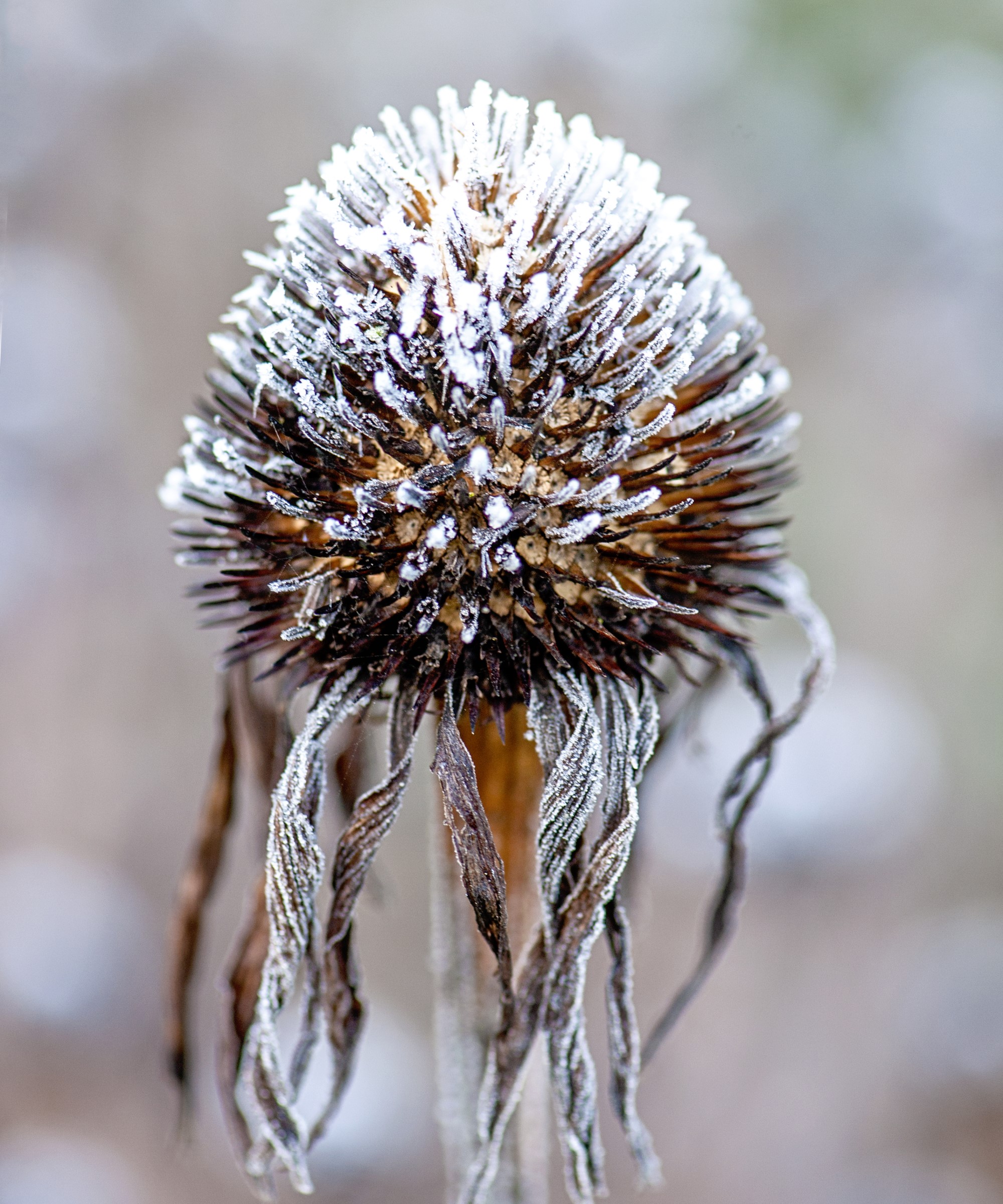
Mulching is key to protecting most perennials over winter, and the coneflower is no exception.
Adding three inches of organic mulch, such as fallen leaves, straw, or bark, to the soil will insulate the roots from possible temperature fluctuations. This is mainly applicable to areas where ground freezing occurs.
You can make your own mulch for the purpose when tidying up your yard for winter, or buy organic mulch, such as this Timberline all-natural pine bark mulch from Lowe’s.
Prepare according to your hardiness zones
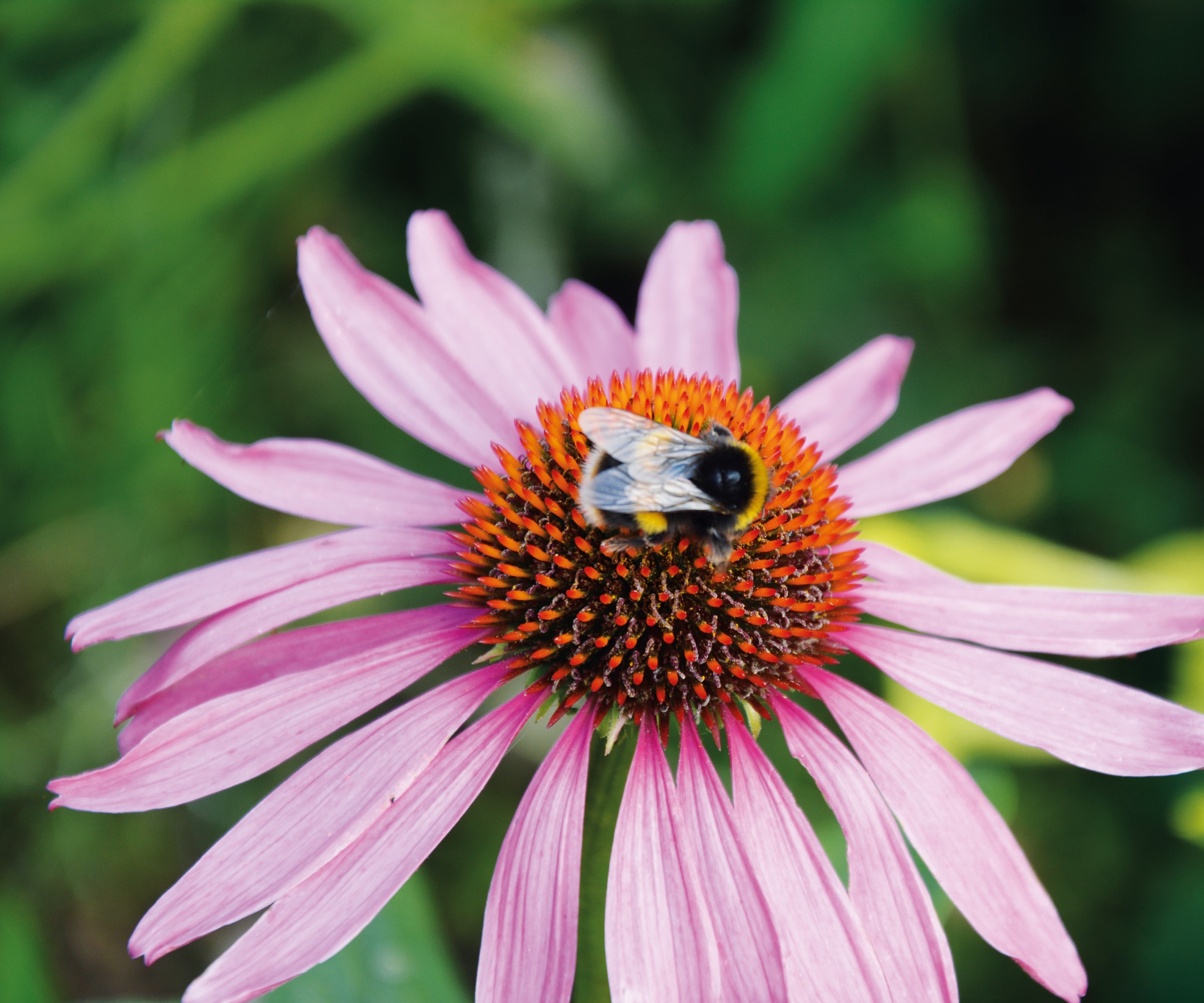
The approach to winterizing coneflowers should be tailored to your USDA hardiness zone.
In the colder regions of zones 3-5, it’s crucial to add a thicker layer of mulch (up to four inches) and consider using frost covers, especially for first-year plants. Cutting back stems to a few inches above the ground will also help to prevent snow and ice buildup.
For milder areas like zones 6-8, a thinner mulch layer (around two inches) is sufficient. Leave the stalks intact for visual interest or cut them back for a tidier look. Frost protection may only be necessary during unexpected cold snaps.
A polypropylene frost blanket, like this DeWitt Supreme freeze blanket from Target, is reusable and can prevent cold weather from killing tender young plants.
Guard against root rot
An overly wet winter can pose just as much a threat to your plants as the extreme cold, causing the roots to rot in soil with poor drainage.
If this is a particular issue in your yard, try adding lots of well-rotted manure to improve the soil’s structure.
You can also create raised beds with sides, or raise the planting area by piling up soil and lifting the root area above the waterlogged patches of ground.
Encourage growth in spring with the correct fertilizer
As the season changes and the threat of frost disappears, you can slowly start to remove the mulch, allowing the soil to slowly warm up as the young plants emerge.
‘I fertilize coneflowers as soon as new growth appears,’ says Josh Payne, an experienced landscaper. ‘A balanced fertilizer gives them nutrition to produce full blooms.'
Choose a fertilizer with an equal mix of nitrogen, phosphorus and potassium, like Triple 10 all purpose liquid fertilizer from Amazon, for healthy plant growth.
A hands-off approach to pruning will help those young flowers, says Josh. ‘The old stems act as a framework for new stems to climb. Coneflowers can handle a lot if given proper care. They are low-maintenance when planted in the right place, so choose a spot wisely.’
For a sustainable approach to gardening, you can collect seeds from your plants to sow next season. Your yard will be filled with color and scent from your hand-reared favorites, and it won't have cost you a dime.







